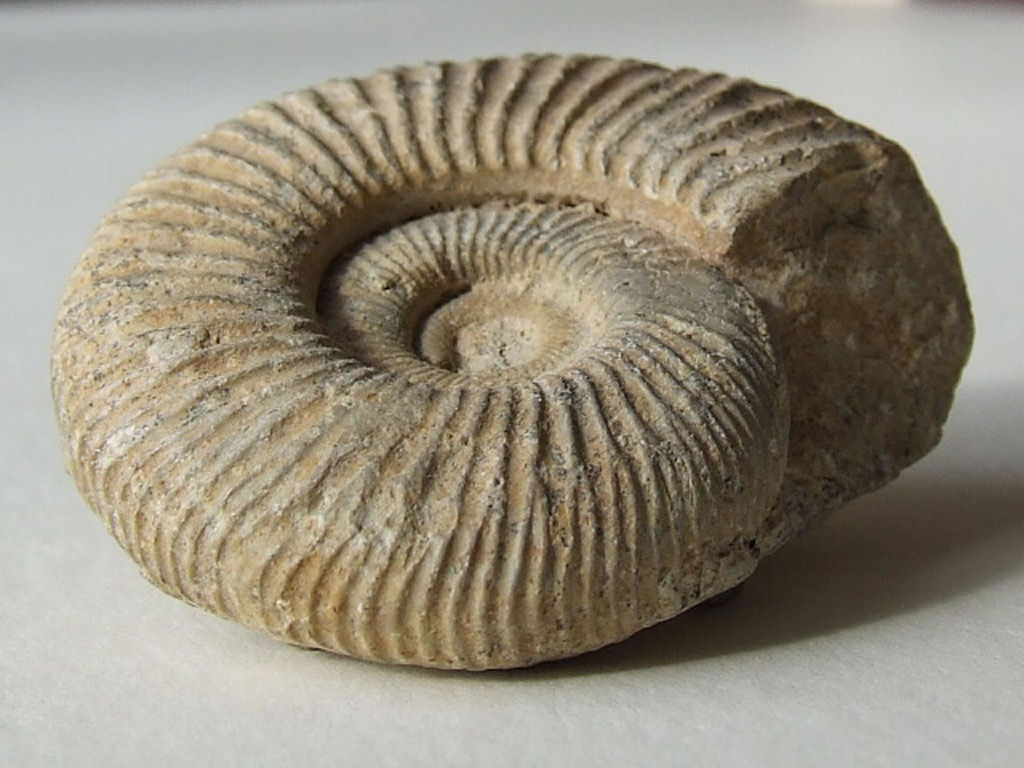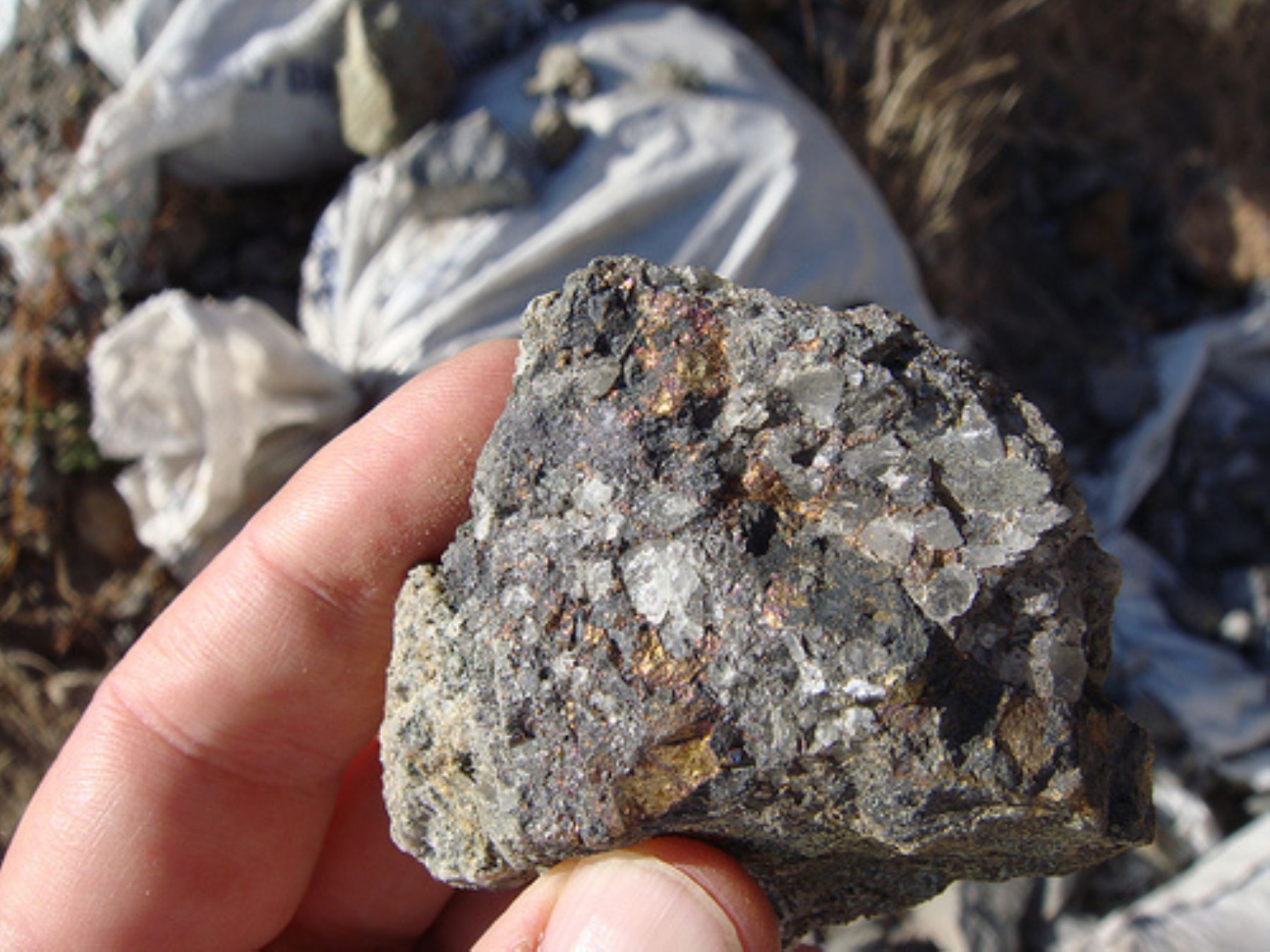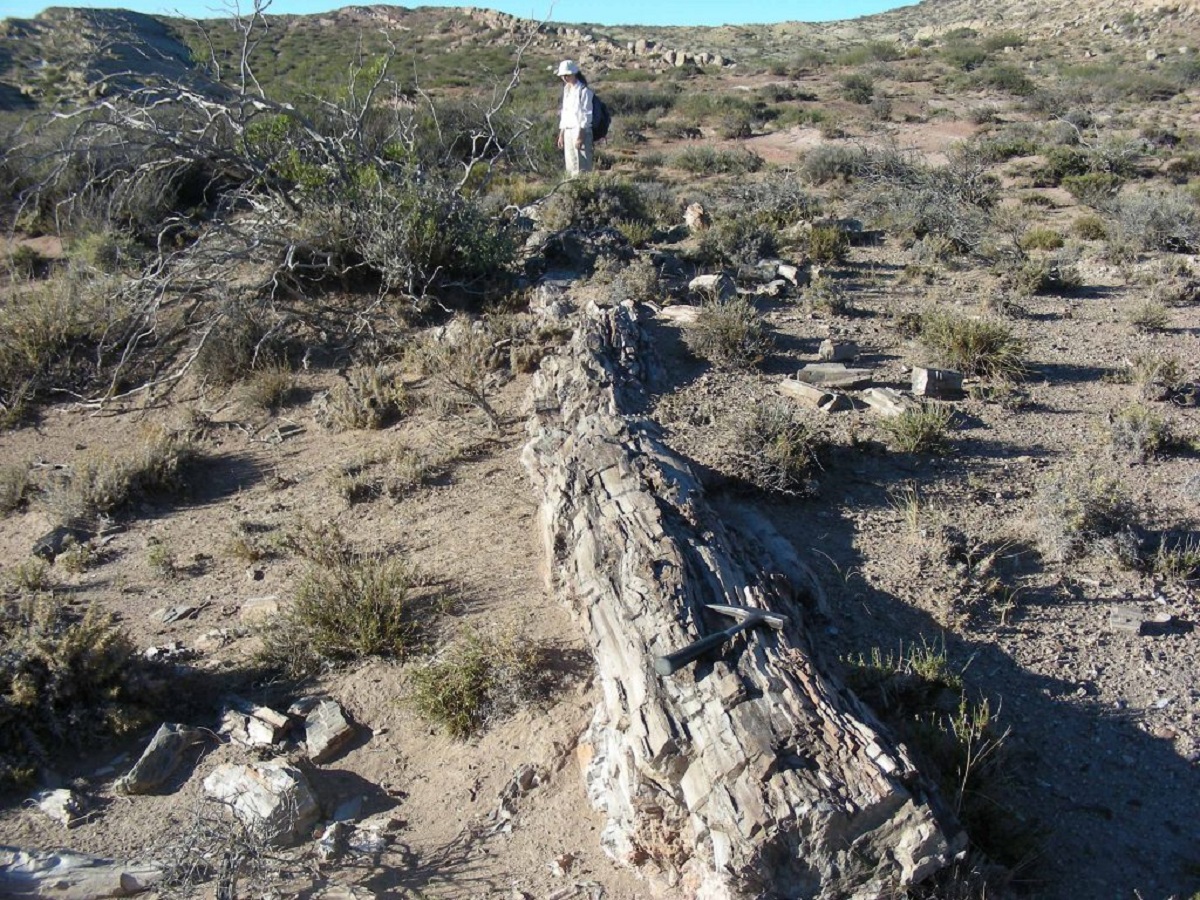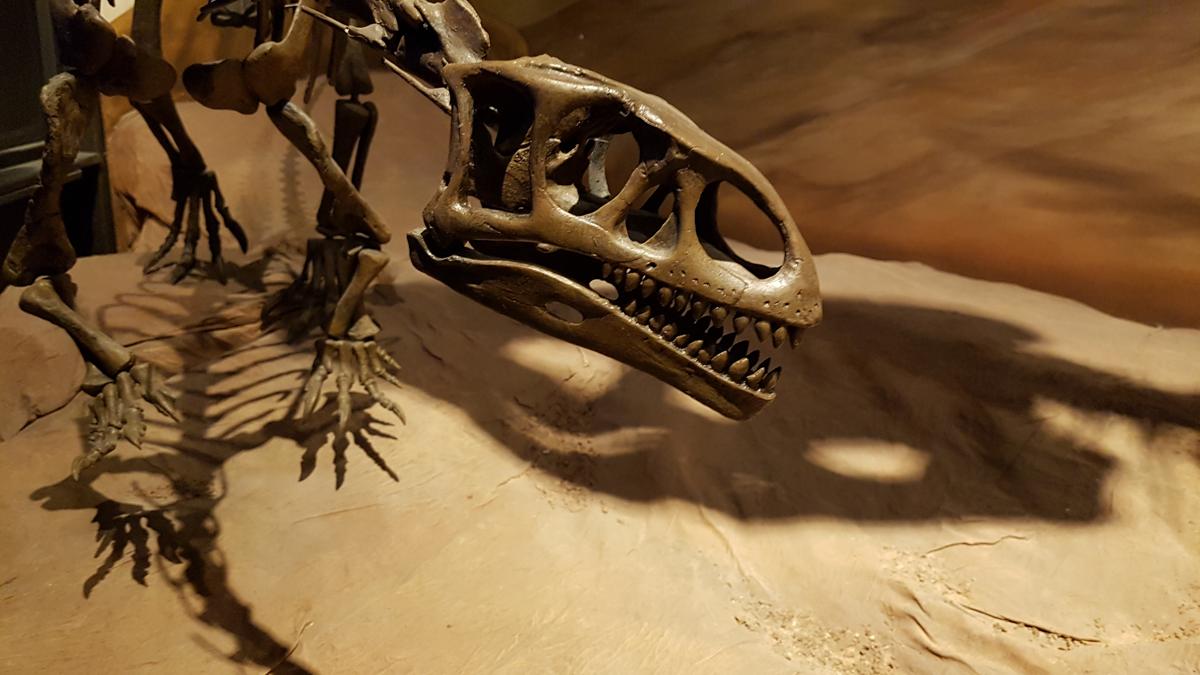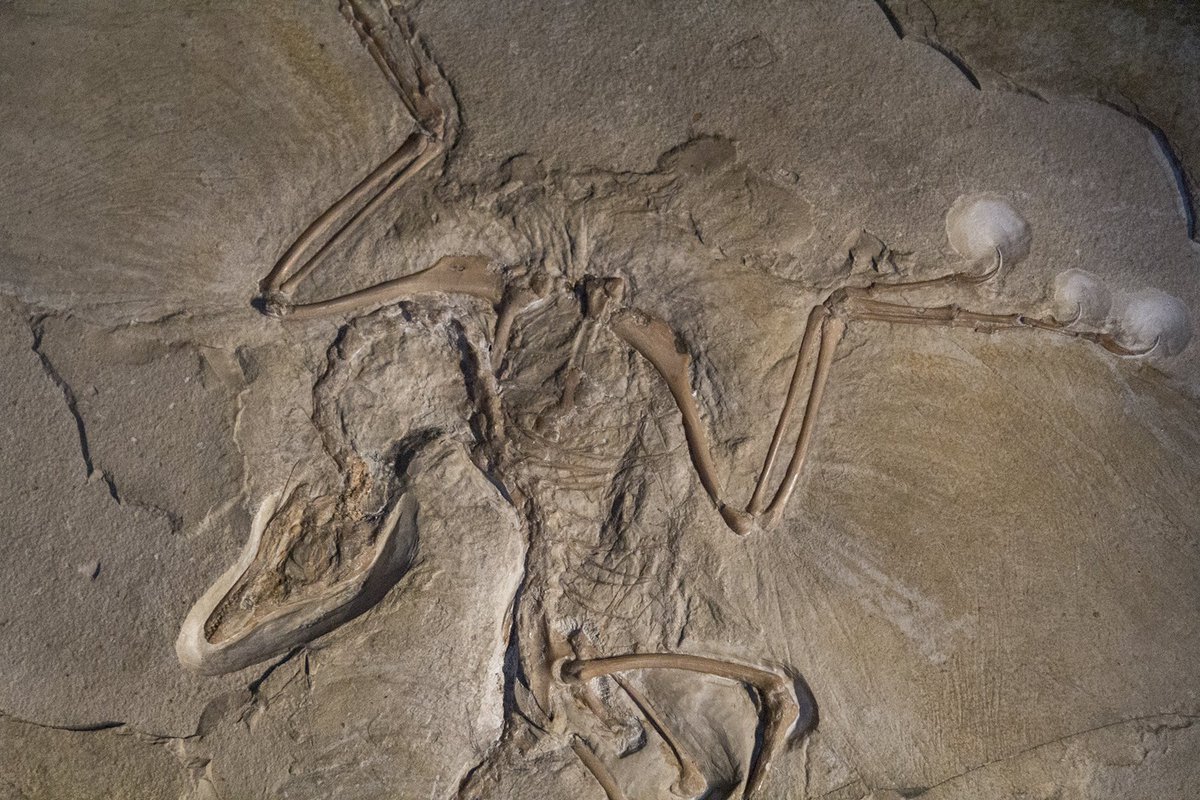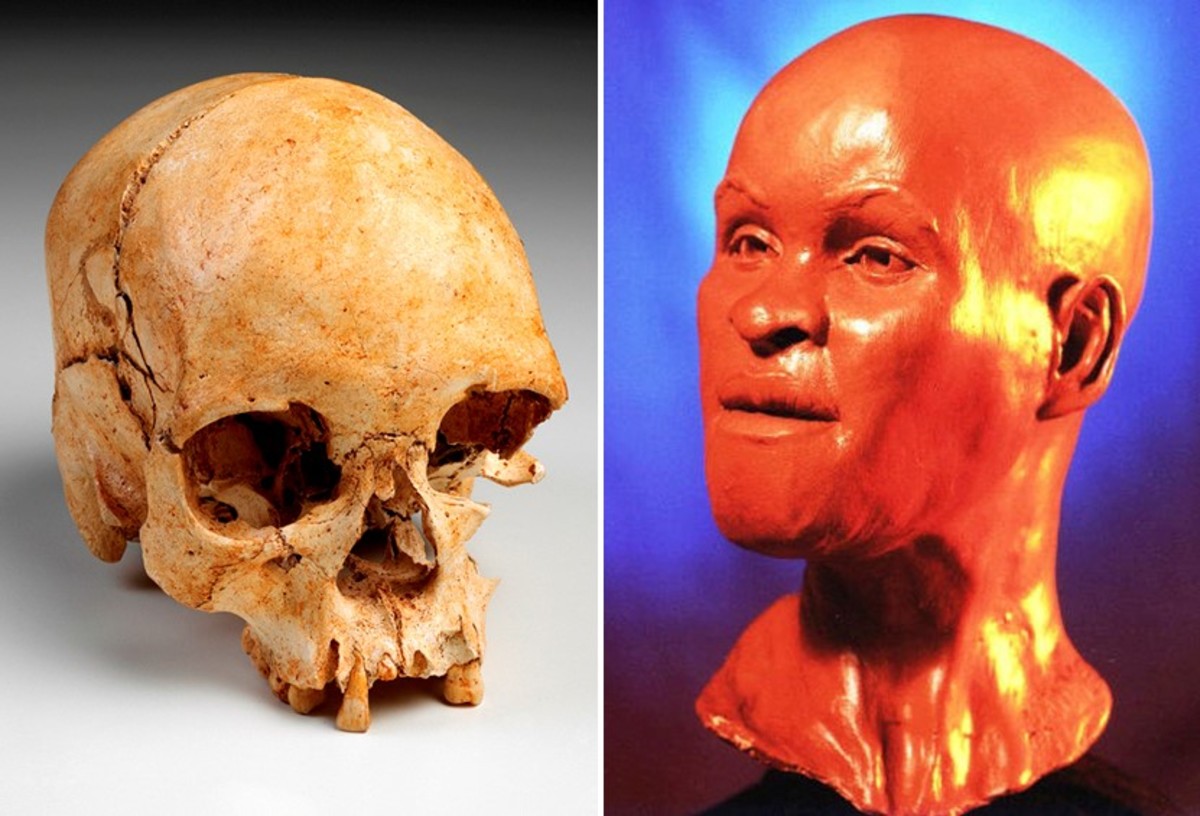Fossils are derived from any surviving remains, impressions or traces of any living creature from the past geological age, examples include bones, shells, exoskeletons, animal or microbial stone stampings, amber items, hair, petrified wood, oil, charcoal and DNA residues. Meet in this post the Types of Fossils!

What is a Fossil?
Initially, the term fossil had a broader meaning, it meant everything that came out of the ground, this term today covers all the testimonies left by old organisms that have lived and are most often preserved by sedimentation, so there are dinosaur skeletons , as well as leaves or footprints.
Fossils are most often kept in limestone and sandy sedimentary rocks, but they are rare, the fossilization process takes a long time, and the chances of a single leaf being kept are slim.
Paleontology is the study of fossils, it studies their age, method of formation and evolutionary significance, samples are generally considered fossils if they are more than 10,000 years old, the oldest fossils are about 3,48 billion years old and 4,1 billion of years.
The investigation in the nineteenth century that various fossils were related to certain Rock Types, which led to the belief in fossils in geological time and the respective ages of the many different fossils.
Features
The characteristics of fossils depend on the type of fossil. Mold fossils are impressions made in a substrate (often sedimentary rock), trace fossils are like mold fossils in that they are impressions.
However, trace fossils do not represent the organism itself, instead trace fossils represent the daily life of an organism such as footprints, nests or burrows, cast fossils are mold fossils that have filled with deposits to form a three-dimensional structure.
What are fossils for?
Fossils are very useful for the study of tectonic history, when a fossil of a certain species is found on several modern continents, it gives a strong indication that these continents were previously unified.
Fossils are also used to date sedimentary rocks, some species with a wide distribution on Earth and a short life span (for example, ammonites) are excellent indicators to identify certain geological periods.
How many types of fossils are there?
Fossils, the remains of prehistoric organisms or other evidence of prehistoric life, express much about what the world was like millions or even billions of years ago. In 2017, researchers confirmed that the oldest fossils, found in a rock in Western Australia, show that life existed on Earth more than 3.500 billion years ago.
body fossils
Whole body fossils are the entire remains of prehistoric entities, as well as soft tissues such as insects mummified in tree sap that are fortified to set amber.
It is important to know that soft tissues such as skin, muscles, and organs break down after death, leaving only a rigid shell or bony framework. Animals with fragile skeletons, such as insects and shrimp, are less likely to die. to be safeguarded, two examples of body fossils, bones and teeth, are the most frequent types of fossils.
trace fossil
Fossil remains lie especially in tracks and burrows, but also contain coprolites (fossil feces) and remains left over in the course of feeding, trace fossils are primarily significant as they embody a source of data that is not limited to animals with hard parts that can be easily fossilized and reflect the behavior of animals.
Many trace fossils date much earlier than the body fossils of the animals that are believed to have made them, however exact retribution of trace fossils to their makers is generally impossible, traces may, for example, provide the earliest physical attestation of the appearance of moderately complex animals (comparable to earthworms).
macrofossils
Macrofossils hold preserved organisms that can be observed without the need for a microscope, plant macrofossils include leaves, needles, cones, and stem remains, and can be used to identify types of plants that once grew in the area.
Such botanical macrofossil data provide a valuable complement to pollen and faunal data that can be used to reconstruct the prehistoric terrestrial environment, macrofossils of algae (eg, brown algae, sea lettuce, and large stromatolites) are increasingly used. to analyze prehistoric marine and aquatic ecosystems.
Animal macrofossils include the teeth, skulls, and bones of vertebrates, as well as invertebrate remains such as shells, tests, faunal armor, and exoskeletons, fossilized dung (i.e., coprolites) are also macrofossils.
microfossils
Microfossils are the small remains of bacteria, protists, fungi, animals and plants, microfossils are a heterogeneous group of fossil remains experienced as a single method, because rock models must be processed in certain ways to remove them and microscopes must be used to study them.
Therefore, microfossils, unlike other Types of Fossils, are not grouped according to their relationships to each other, but only because of their generally small size and their methods of study, for example, fossils of bacteria, foraminifera, diatoms, shells or skeletons of very small invertebrates, pollen, and small bones and teeth of large vertebrates, among others, may be called microfossils.
How are fossils produced?
Fossils are formed in different ways, but most are formed when a plant or animal dies in a watery environment and is buried in mud and silt, the soft tissues rapidly breaking down leaving behind hard bones or shells, over time, sediment accumulates on top and hardens into rock.
As the encased bones decompose, minerals leach out by replacing organic material cell by cell in a process called "petrification", alternatively, the bones may completely decompose leaving a cast of the organism, the void left behind may be filled with minerals and make a stone replica of the organism.
Soft internal organs, muscles, and skin break down quickly and are rarely preserved, but animal bones and shells are good candidates for fossilization. Fossilization can occur in different ways:
Mineralization
Minerals slowly replace body parts until all that is left is a fossil made of a solid mineral, this is a special form of casting and mold formation, if the chemistry is correct the body can act as a nucleus to precipitate minerals like siderite, resulting in a nodule around it.
Molds and Molds
The molds and the molds are other Types of Fossils body, a mold is an impression left by the shell of a hard skeleton in the surrounding rock, such as dinosaur bones buried under many layers of sediment, a mold can be internal or external.
There is an internal mold at the bottom of the shell left on the rock surface that was formed when sand or mud filled the inside of the shell, an external mold is on the outside of the shell, each time a shell or bone breaks away from the rock, leaving an external mold behind.
Replicas of molds are known as molds, which can occur naturally when the space left after mold removal fills with sediment, paleontologists can also produce molds from molds with latex rubber or plasticine to learn more about the fossils.
Replacement
Replacement occurs when a shell, bone or other tissue is replaced by another mineral, in some cases the mineral replacement of the initial layer occurs so gradually and on such a small scale that microstructural characteristics are preserved, despite the complete loss of starting material.
The coating is said to be recrystallized when the single skeletal aggregates are still present, but in a crystalline form other than aragonite to calcite.
Compression
Compression fossils, such as fossil ferns, are generated by the chemical reduction of complex organic molecules that make up body tissues, in this case the fossil consists of the starting material, albeit in a geochemically altered state, this change chemical is an expression of diagenesis.
Conservation traps
Due to its age, an unexpected exception to changing body tissues by chemically reducing complex organic molecules during petrifaction was the discovery of soft tissues in dinosaur fossils, including blood vessels, as well as protein isolation and evidence of fragments in the DNA structure, there seemed to be no correlation between geological age and the quality of preservation during this period.
What can we learn from fossils?
The collection of fossils dates from at least the beginning of history, the fossils themselves are known as a fossil exploration, the fossil was one of the first sources of data underlying the study of evolution and continues to be remarkable for the history of life On Earth, paleontologists experiment with the fossil record to grasp the evolutionary process and the evolution of their own species.
Biostratigraphy
The fossil record and faunal sequence form the basis of the science of biostratigraphy or fossil-based rock aging incorporated, for the first 150 years, geology, biostratigraphy and superposition were the only means To determine the relative age of rocks, the geologic timeline was developed based on the relative age of rock strata, as defined by early paleontologists and stratigraphers.
Evolution
Using recovered fossils, paleontologists have reconstructed examples of radical evolutionary transitions in form and function, for example, the lower jaw of reptiles contains several bones, but that of mammals only one, the other bones in the reptile jaw evolved unmistakably in bones now found in the mammalian ear.
fossil DNA
Until recently, retrieval and analysis of the genetic information encoded in ancient DNA sequences from Pleistocene fossils was impossible, recent advances in molecular biology have offered technical tools to obtain ancient DNA sequences from well-preserved Quaternary fossils and opened up the possibilities of directly studying genetic changes in fossil species to address various biological and paleontological questions.
Studies of ancient DNA involving Pleistocene fossil material and the degradation and preservation of ancient DNA in Quaternary deposits are reviewed.
How are fossils collected?
Fossil collecting sometimes in the non-scientific sense, fossil hunting is a collection of fossils for research, hobbies, or for profit, fossil collecting, as a hobbyist practice, is the forerunner of modern paleontology and many still collect fossils and study fossils as hobbyists, professionals and hobbyists collect fossils for their scientific value.
examples of fossils
The different ways organisms are preserved give fossils different characteristics, let's explore some examples of how fossils can form.
Luzia
It is the name of the period of the Upper Paleolithic skeleton in a Paleoindian woman that was found in a cave in Brazil, the 11500 year old skeleton was found in a cave in Belo Horizonte, Brazil, in 1974 by archaeologist Annette Laming-Amperer. The nickname "Lucia" pays homage to the Australopithecus fossil "Lucy".
Triceratops
Triceratops was a huge dinosaur from the Mesozoic era, which was ten meters long and four meters tall and weighed twelve tons, also to protect its large size, the triceratops had two-meter horns and a sharp beak, like a parrot, which palpably had a great power of bite, the Fossils of the "three-horned face," as its Latin name is often rendered, date from the last three million years of the Cretaceous period.
Archeopteryx lithographica
It is a young prehistoric bird, which existed from about one hundred and fifty million years ago during the Jurassic period, consequently, it is considered by many to be the oldest known bird.
Archeopteryx shares the characteristics of theropod dinosaurs and modern birds, therefore, it is thought to be a transitional fossil between birds and reptiles, more closely related to small theropod dinosaurs than to modern birds.
However, the evolutionary history of Archeopteryx has never been so simple, it has always been highly controversial in the past, and it remains an integral part of many scientific debates about the origin and evolution of birds.
Gondwanagaricites magnificus
It embodies the oldest fossil fungus to date and the first fossil fungus from the ancient Gondwana supercontinent, standing about two inches and two inches tall and growing one hundred and fifteen million years ago (early Cretaceous epoch) in what is now the northeast from Brazil.
diploria strigosa
It is a well-preserved and well-exposed Pleistocene fossil reef, consisting of unbedded or poorly bedded, poorly sorted, very coarse, coarse-grained aragonitic fossiliferous limestones (grained and grading), representing shallow marine deposits in reef facies and reefs.
Cockburn Town member reef facies rocks date to the sea level plateau event (Early Late Pleistocene), dated corals on the Cockburn Town fossil reef range in age from 114 to 127 ka.
Trilobite Ellipsocephalus hoffii
One of the most common species in the Bohemian Cambrian is Ellipsocephalus hoffii, first described and illustrated in 1823, it is a fairly simple-looking trilobite with a moderately obliterated cephalon, complete exoskeletons of this trilobite are abundant in certain Jince intervals Fm, trilobites here are preserved as internal molds, often heavily stained with yellowish limonite, in greenish-gray muddy shale.
False fossils or pseudofossils
Pseudo fossils are natural objects that look like fossils but are not fossils, some concretions and minerals are often mistaken for fossils.
Unfortunately some fossils are not well preserved and some things we call fossils aren't fossils at all, our fascination with fossils and what they represent can sometimes cause us to "see" what we want to see rather than what is actually there.
Some of the most intense scientific battles have been over the proper identification of objects that are considered by some to be genuine fossils and by others to be fake fossils. Examples of fake fossils warn us to be cautious, especially when it comes to ill-defined objects that, despite the various claims, may or may not be actual fossils.

